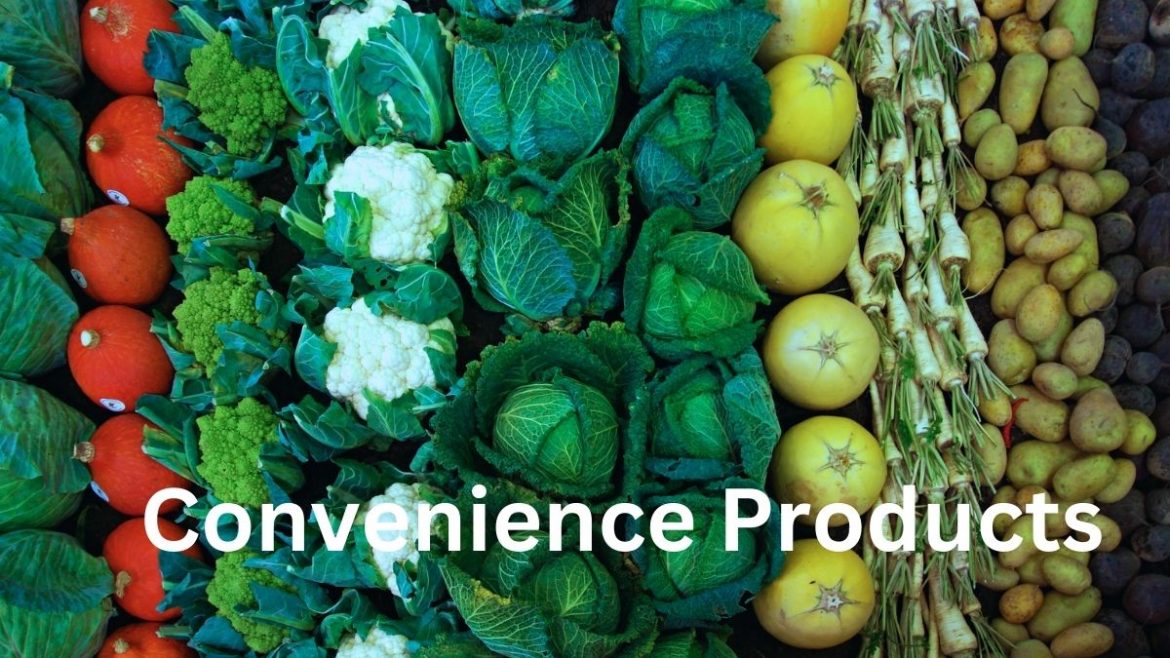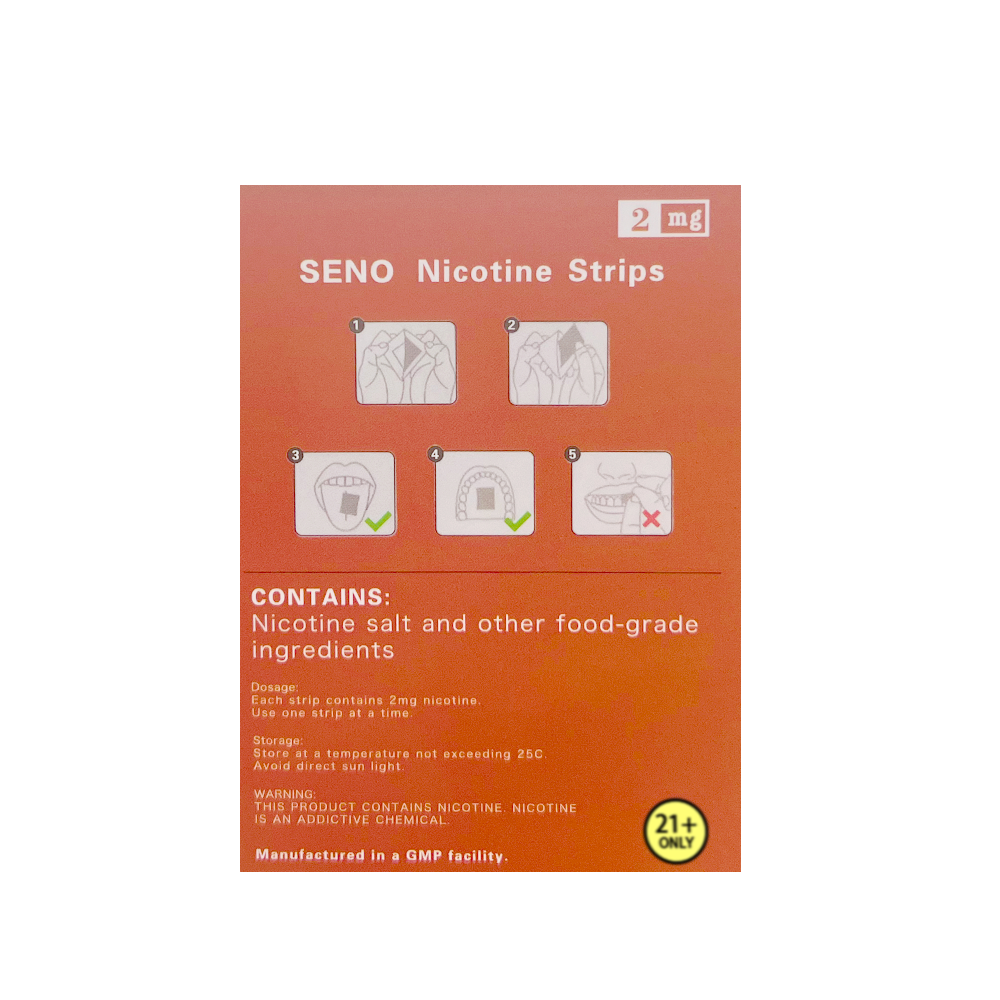In the realm of consumer goods, understanding the nuances between different types of products is crucial for businesses and consumers alike. Two such categories that often come into focus are convenience goods and comparison goods. While they may appear similar at first glance, a deeper examination reveals distinct characteristics that set them apart. In this article, we will delve into the intricacies of convenience goods and comparison goods, exploring their definitions, features, and implications for businesses and consumers.
- Defining Convenience Goods:
Convenience goods refer to products that are purchased frequently, with minimal effort and consideration. These items are typically low-cost, readily available, and fulfill immediate needs or desires. Examples include everyday household items like toiletries, snacks, and beverages. Convenience goods are often associated with routine purchases and are readily accessible through various distribution channels, such as supermarkets, convenience stores, and online platforms. - Unveiling Comparison Goods:
In contrast to convenience goods, comparison goods are products that consumers evaluate and compare extensively before making a purchase decision. These goods are typically higher in price, have distinct features or attributes, and require more time and effort to assess. Examples of comparison goods include electronics, furniture, and automobiles. Consumers tend to engage in extensive research, seek recommendations, and compare different brands or models to ensure they make an informed choice. - Key Differences:
3.1 Purchase Frequency:
The frequency of purchase is a fundamental distinction between convenience goods and comparison goods. Convenience goods are bought frequently and are part of consumers' regular shopping routines. On the other hand, comparison goods are purchased less frequently, often involving significant financial investment and careful consideration.
3.2 Decision-Making Process:
The decision-making process for convenience goods is relatively quick and impulsive. Consumers often rely on habit, brand loyalty, or immediate need when purchasing these items. In contrast, the decision-making process for comparison goods is more complex and involves extensive research, evaluation of features, price comparisons, and consideration of personal preferences.
3.3 Price Sensitivity:
Consumers tend to be more price-sensitive when it comes to convenience goods. Since these items are frequently purchased and often have lower price points, consumers are more likely to compare prices and opt for the most affordable option. Comparison goods, however, are associated with higher price tags, and consumers are willing to invest more time and effort to ensure they get the best value for their money.
- Implications for Businesses and Consumers:
4.1 Marketing Strategies:
Understanding the distinction between convenience goods and comparison goods is crucial for businesses to tailor their marketing strategies effectively. For convenience goods, emphasizing convenience, affordability, and brand loyalty can be key drivers of success. In contrast, businesses dealing with comparison goods should focus on highlighting unique features, quality, customer reviews, and providing comprehensive information to facilitate informed decision-making.
4.2 Distribution Channels:
Convenience goods are often distributed through widespread channels, including supermarkets, convenience stores, and online platforms, to ensure easy accessibility for consumers. Comparison goods, however, may require specialized retail outlets, showrooms, or online platforms that offer detailed product descriptions, specifications, and comparison tools to assist consumers in their evaluation process.
4.3 Consumer Behavior:
Understanding consumer behavior related to convenience goods and comparison goods can help businesses refine their product offerings and marketing strategies. Consumer behavior for convenience goods is driven by habit, impulse, and immediate needs, while comparison goods involve more deliberate decision-making, research, and consideration of long-term benefits.
Conclusion:
In conclusion, the distinction between convenience goods and comparison goods lies in their purchase frequency, decision-making process, and price sensitivity. While convenience goods are frequently purchased with minimal effort and consideration, comparison goods require extensive evaluation and research. Businesses and consumers can benefit from understanding these differences to tailor their strategies and make informed choices. By recognizing the unique characteristics of each category, businesses can effectively market their products, while consumers can navigate the market with confidence and make well-informed purchasing decisions.


